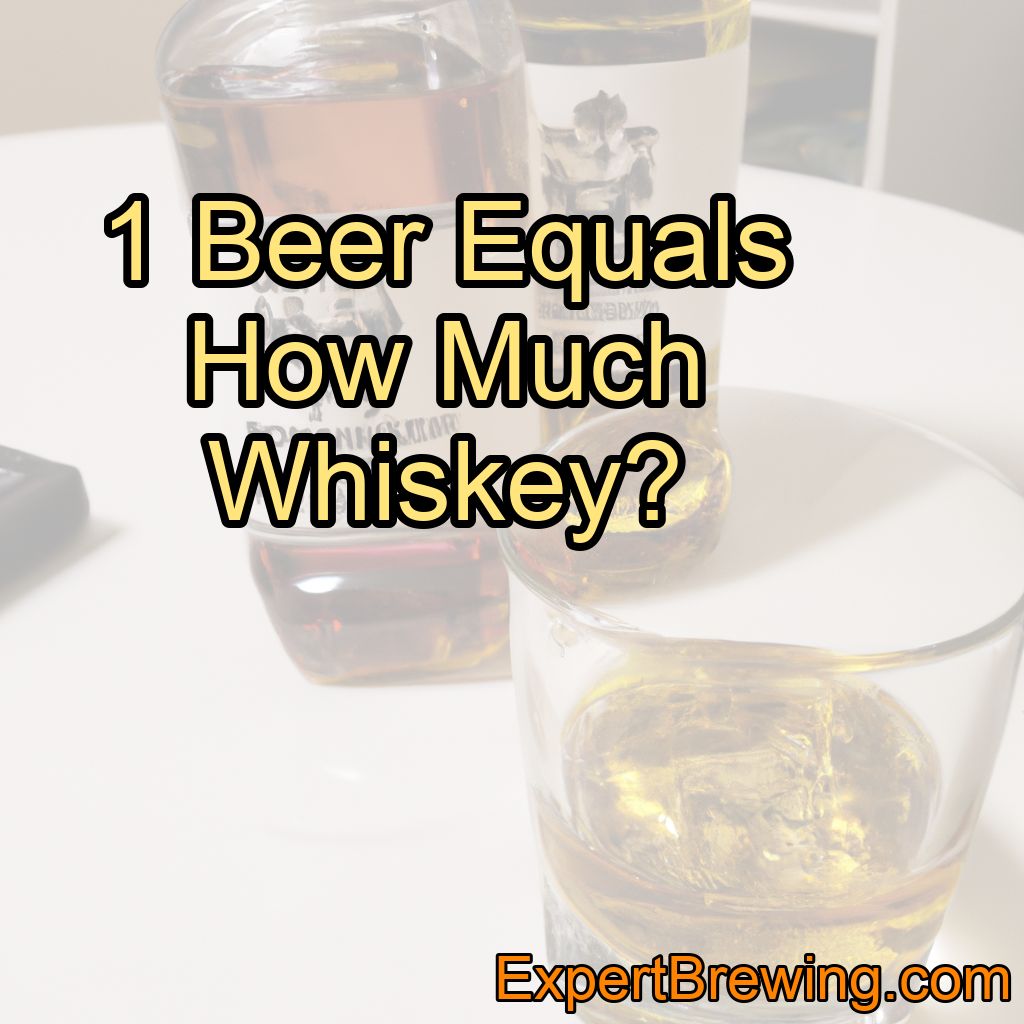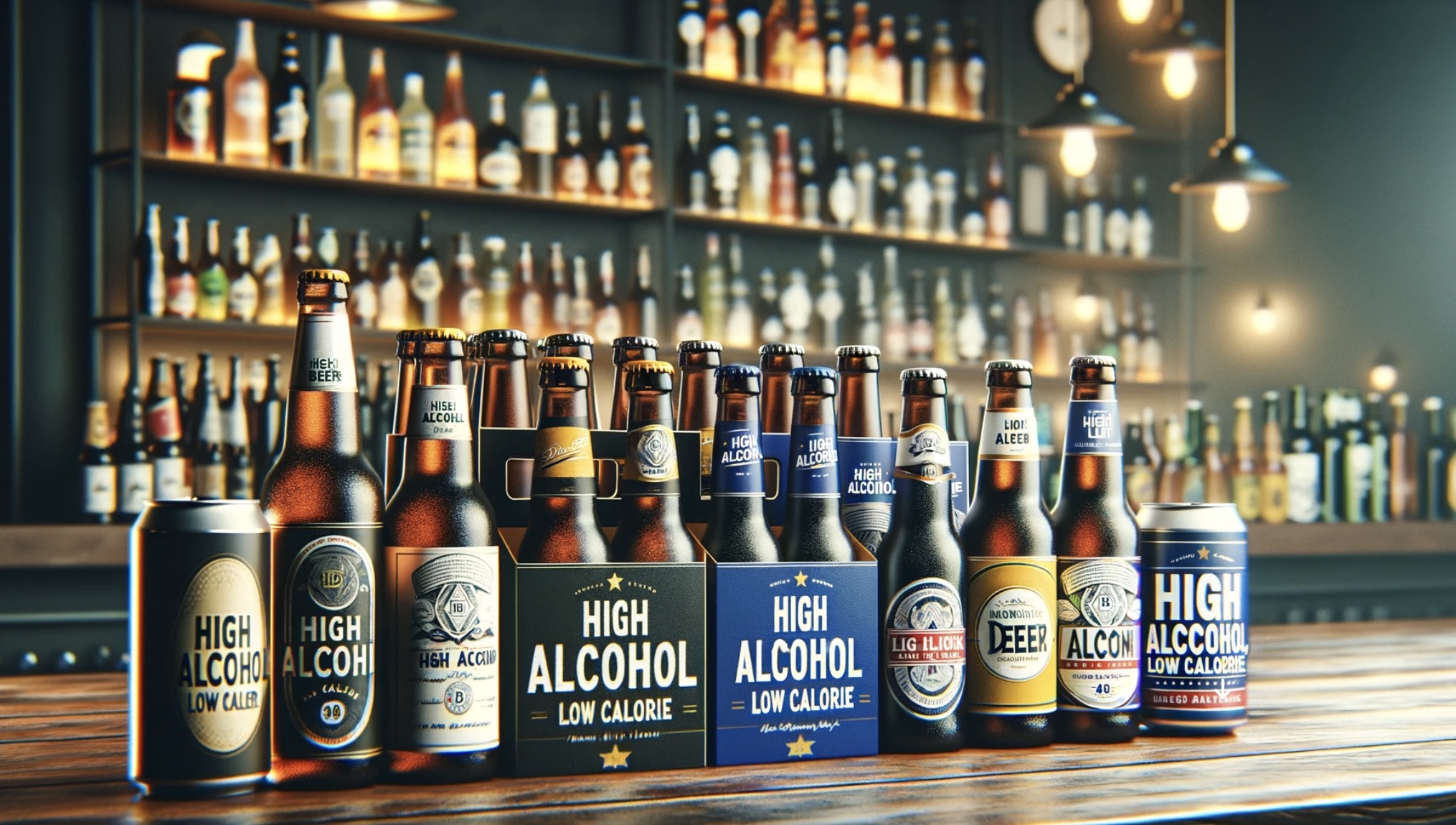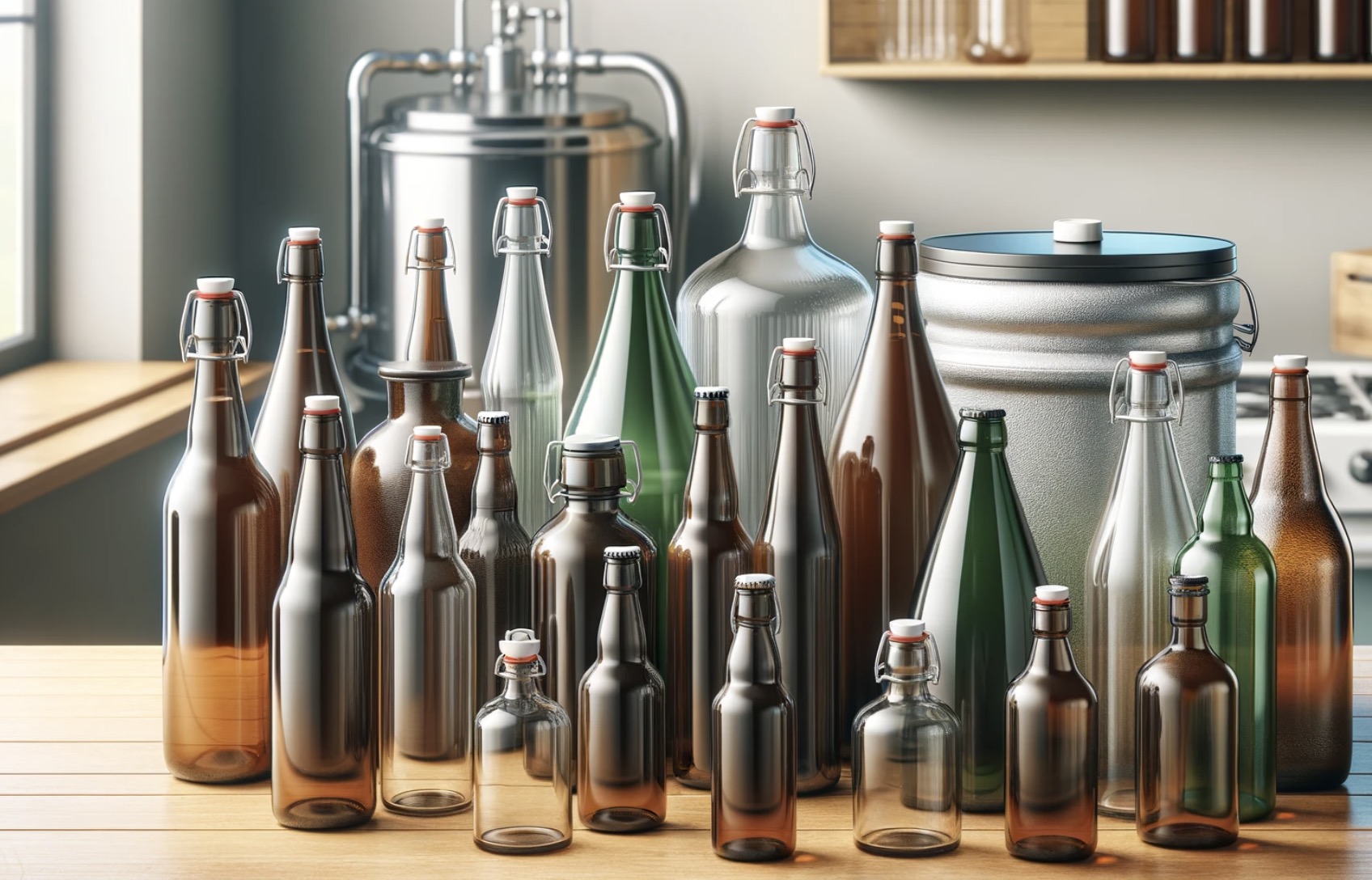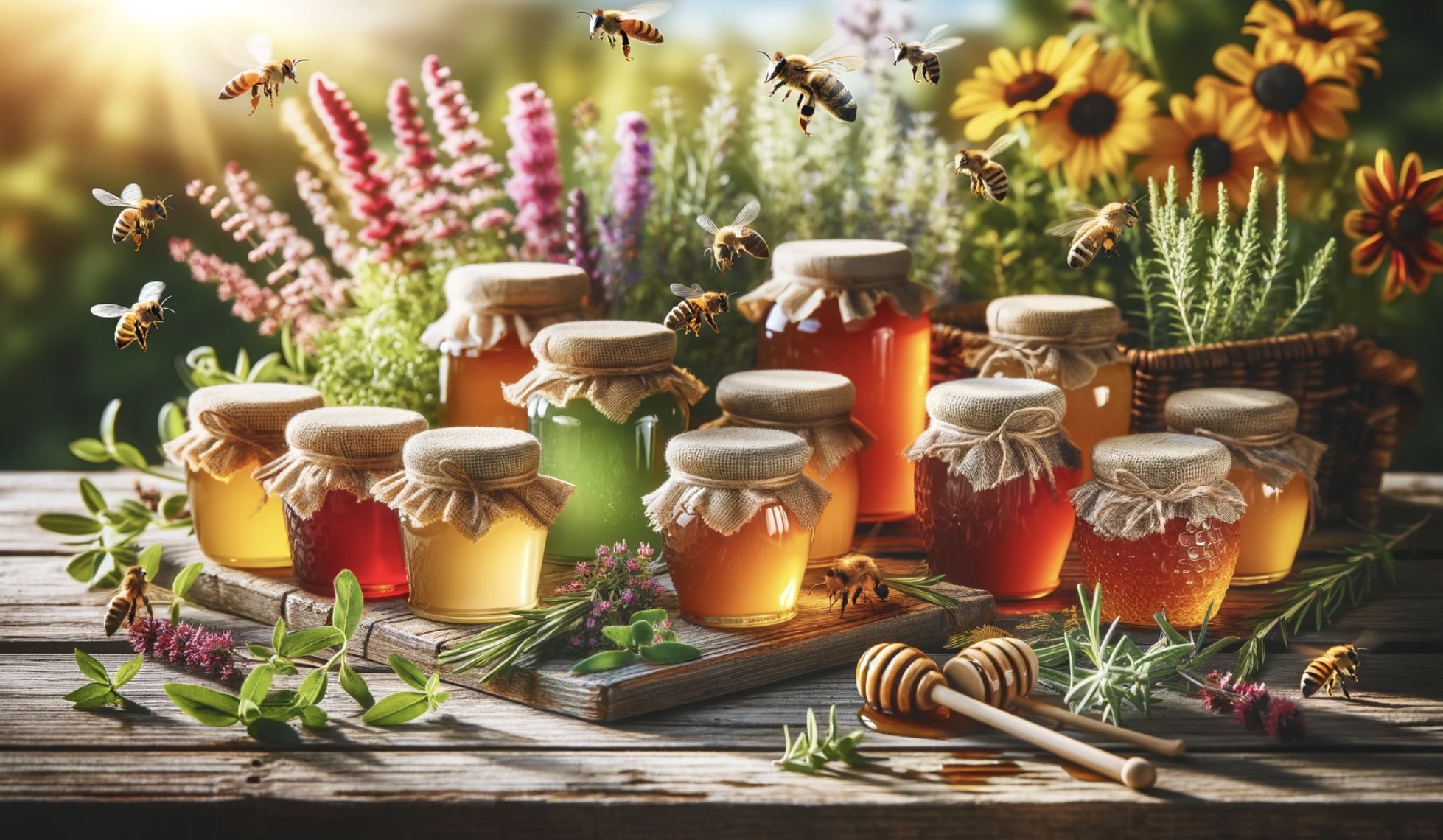In the world of adult beverages, there are many factors to consider when comparing drinks. From taste and aroma to alcohol content and serving size, these factors can greatly influence our decision-making process when choosing our preferred drink for the evening. One question that often arises is how to equate the alcohol content of one type of drink to another. For example, how much whiskey would be the equivalent of a single beer? The answer to this question is not as simple as it may seem, as there are several factors to consider.
One standard 12-ounce beer with 5% ABV (alcohol by volume) is roughly equivalent to a 1.5-ounce shot of whiskey with 40% ABV.
1. Understanding Alcohol by Volume (ABV)
Alcohol by volume (ABV) is a standard measure used to express the percentage of alcohol in a beverage. This percentage indicates the amount of pure alcohol present in a given volume of liquid. ABV is commonly used to compare the alcohol content of different drinks and is a key factor when determining the equivalent amount of whiskey to a beer.
In general, beer has a lower ABV than whiskey. A typical beer has an ABV of around 5%, while whiskey usually ranges from 40-50% ABV. However, this can vary depending on the specific brand and type of beer or whiskey.
2. Standard Drink Sizes
The concept of a “standard drink” is helpful when comparing the alcohol content of different beverages. In the United States, a standard drink is defined as any beverage containing 14 grams (0.6 ounces) of pure alcohol. This amount of alcohol is roughly equivalent to:
- 12 ounces of beer with 5% ABV
- 1.5 ounces of distilled spirits (such as whiskey) with 40% ABV
Using these standard drink sizes, it is easy to see that one 12-ounce beer is approximately equal to one 1.5-ounce shot of whiskey interms of alcohol contentt.
3. Factors Affecting Alcohol Content
It is important to note that the alcohol content of beer and whiskey can vary significantly depending on several factors. Some of these factors include:
Beer:
- Brewing process
- Fermentation time
- Yeast strain
- Types of grains and hops used
Whiskey:
- Distillation process
- Aging time
- Types of grains used
- Cask type and previous contents (if any)
These factors can result in a wide range of ABV values for both beer and whiskey. For example, some craft beers can have an ABV as high as 15%, while some whiskeys can have an ABV as low as 30%.
4. Personal Experience with Beer and Whiskey
As an expert brewer, I have had the pleasure of experiencing a wide variety of beers and whiskeys throughout my career. When comparing the two, I often consider factors such as taste, aroma, and mouthfeel, in addition to alcohol content.
I have found that while beer is typically lighter and more refreshing, whiskey offers a complex and robust flavor profile that can be quite captivating. The higher alcohol content of whiskey also provides a warming sensation that can be quite enjoyable, especially during colder months. That being said, beer is a versatile and approachable drink that can be enjoyed in a variety of settings and occasions.
5. The Role of Dilution
When comparing the alcohol content of beer and whiskey, it is important to consider the role of dilution. Beer is typically consumed in its original form, without any additional water or ice. Whiskey, on the other hand, is often enjoyed with a splash of water or over ice, which can dilute the alcohol content and alter the overall experience.
Adding water or ice to whiskey can help to open up the flavors and aromas, making it more approachable for some drinkers. However, it is important to keep in mind that dilution will also reduce the overall alcohol content, making it more difficult to compare directly to beer.
6. Drink Responsibly
Regardless of whether you prefer beer or whiskey, it is essential to drink responsibly and be mindful of your alcohol consumption. Excessive alcohol intake can lead to a variety of short-term and long-term health problems, including liver damage, addiction, and an increased risk of accidents and injuries.
It is important to know your limits and to be aware of the alcohol content in the beverages you consume. If you are unsure of how much you can safely drink, consider using the standard drink sizes as a guideline.
7. Taste Preferences and Enjoyment
Ultimately, the decision between beer and whiskey comes down to personal taste preferences and enjoyment. While it is useful to know the equivalent alcohol content of each, it is essential to choose the beverage that you genuinely enjoy and can consume responsibly.
As a brewer, I appreciate the craftsmanship and complexity that goes into creating both beer and whiskey. I encourage you to explore the vast world of flavors and aromas that these beverages have to offer and to find the ones that resonate with you.
8. Pairing Beer and Whiskey
For those who enjoy both beer and whiskey, consider exploring the art of pairing these beverages together. Beer and whiskey can complement each other beautifully, with the contrasting flavors and textures creating a unique and satisfying experience.
When pairing beer and whiskey, consider the following:
- Balance the intensities of the beer and whiskey
- Look for complementary flavors, such as smoky whiskey with a peaty beer
- Experiment with contrasting flavors, such as a rich, dark beer with a light, fruity whiskey
9. The Bottom Line
It’s clear that the alcohol content in beer and whiskey can vary greatly depending on several factors. However, using standard drink sizes as a guideline, one 12-ounce beer with 5% ABV is roughly equivalent to a 1.5-ounce shot of whiskey with 40% ABV. This comparison, though helpful, should not be the sole factor in choosing between beer and whiskey. Personal taste preferences, enjoyment, and responsible consumption should always be considered when choosing a beverage.
Conclusion
In conclusion, one standard 12-ounce beer with 5% ABV is approximately equal to a 1.5-ounce shot of whiskey with 40% ABV. However, this comparison should be considered alongside personal taste preferences and responsible drinking practices. To further explore the fascinating world of beer and whiskey, consider these 10 facts:
1. Beer is one of the world’s oldest beverages, dating back to at least the 5th millennium BCE.
2. Whiskey is believed to have been first distilled in Ireland in the 12th century.
3. The brewing process involves converting the starches in grains (such as barley) into sugars, which are then fermented by yeast to produce alcohol.
4. The distillation process for whiskey involves separating alcohol from a fermented grain mash through the application of heat.
5. The aging process for whiskey typically occurs in wooden casks, which can impart unique flavors and characteristics to the spirit.
6. Beer can be broadly categorized into two main types: ales and lagers. Ales are fermented at warmer temperatures with top-fermenting yeast, whilelagers are fermented at cooler temperaturess with bottom-fermenting yeast.
7. Whiskey can be categorized by the country of origin (such as Scotch, Irish, or American), the type of grains used (such as malted barley, corn, or rye), and the distillation process (such as single malt or blended).
8.Beer is often carbonatedd, either through natural fermentation or by the addition of carbon dioxide.
9. Whiskey is typically not carbonated and is served at room temperature or slightly chilled.
10. Both beer and whiskey can be enjoyed in a variety of ways, including straight, on the rocks, or as part of a mixed drink or cocktail.
FAQs
How strong is liquor compared to beer?
Liquor is generally stronger than beer as it has a higher alcohol content by volume. While beer typically has an alcohol content of 4-6%, liquor can range from 20-40% or higher.
How many beers equal a shot of hard liquor?
One shot of hard liquor is equivalent to approximately 12 ounces of beer.
How many beers is equal to one shot of tequila?
One shot of tequila is equal to approximately one 12-ounce beer. However, it is important to note that the effects of alcohol can vary greatly based on individual factors such as weight, gender, and tolerance.
What is one shot of liquor equal to?
One shot of liquor is typically equal to 1.5 fluid ounces or 44 milliliters.
Is hard liquor more damaging than beer?
Yes, hard liquor is generally more damaging than beer as it contains higher amounts of alcohol per serving. This can lead to quicker intoxication and more severe health consequences such as liver damage, heart disease, and addiction. However, excessive consumption of any type of alcohol can be harmful to one’s health.
How much hard liquor is equal to a beer?
There is no exact equivalent as it depends on the alcohol content of the beer and the hard liquor. However, a general guideline is that a standard shot of liquor (1.5 ounces) is roughly equivalent to a 12-ounce beer with 5% alcohol content.




